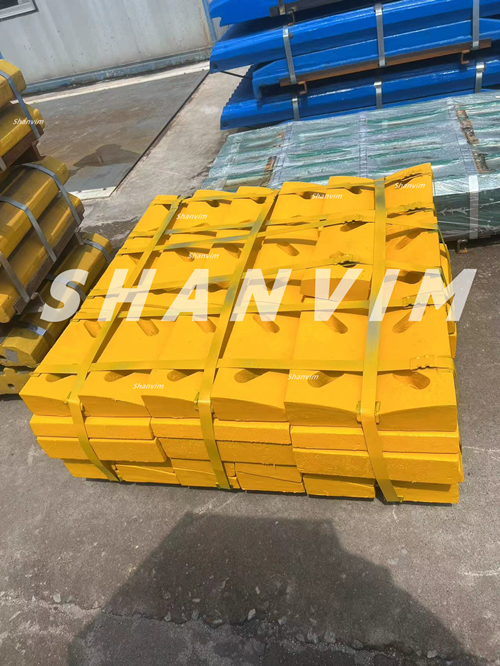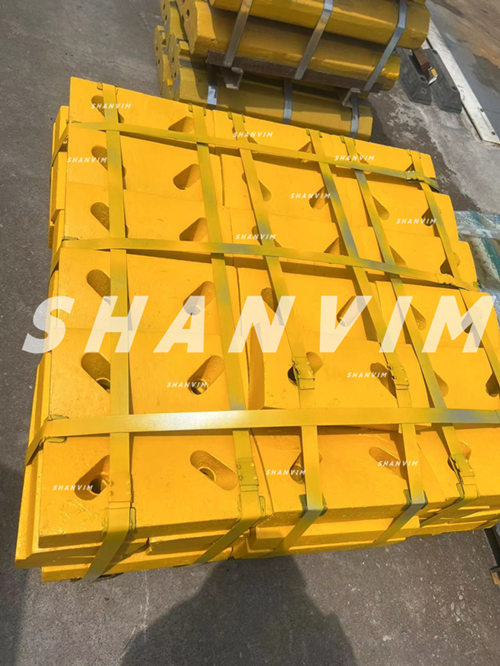Many mines will continue to face declining profit margins, in part because their maintenance teams do not fully understand the maintenance of the crushers they are responsible for.
Shanvim lists three completely different types of crusher maintenance below. No matter which crusher model is used, it is necessary to have a thorough understanding of these maintenance.
Preventive maintenance
Implementing a preventive maintenance program is the best way to keep your crusher in good operating condition over the long term. Preventive maintenance includes regular inspections, inspections and maintenance as recommended by the crusher manufacturer.
Preventive maintenance is usually scheduled for daily (8 hours), weekly (40 hours), monthly (200 hours), yearly (2000 hours), and during liner replacement periods. After regular inspections, adjustments should be made and worn parts replaced to avoid major crusher failures. Preventive maintenance is a key factor in maximizing the life of your crusher.
Predictive maintenance
This refers to using existing predictive maintenance tools to monitor the condition of the running crusher, including but not limited to: lubricating oil temperature sensor or thermometer, lubricating oil pressure sensor or pressure gauge, oil tank return filter, lubricating oil filter Cleaner status indicator, crusher coast time, no-load moving cone rotation, lubricant analysis report, crusher drive motor power readings, vibration sensor readings and crusher operation logs.
These predictive maintenance tools help to understand the normal operating status or parameters of the crusher. Once the normal operating conditions or parameters have been determined, when any data collected differs from the normal data, we will know that there is something wrong with the crusher and a more in-depth inspection is needed.
In this way, parts can be ordered in advance and manpower arranged before the crusher breaks down. Crusher repairs based on abnormal operating conditions are generally considered cost-effective.
Passive maintenance
Ignoring the above preventive maintenance and predictive maintenance, allowing the crusher to continue operating without taking measures to correct abnormal conditions, until the crusher actually fails. This attitude of “use it until it breaks” and “if it’s not broken, don’t repair it” saves the mine short-term expenses, but it leads to huge crusher maintenance costs and production interruptions. Every small problem will snowball and expand. , will eventually cause catastrophic crusher failure.
The benefits of careful maintenance planning
Evidence over the years has shown that neglecting preventive and predictive maintenance can result in low crusher availability, high operating costs and shortened service life. Implementing preventive and predictive maintenance is a key factor in extending or maximizing the service life of your crusher. Some mines generate substantial annual profits that offset the ongoing and unnecessary replacement costs of crusher parts, as well as lost revenue from crusher failures and extended downtime. At best, such mines can only make a small profit, far less than they should enjoy; at worst, they may face financial ruin.
Shanvim as a global supplier of crusher wearing parts, we manufacture cone crusher wearing parts for different brands of crushers. We have more than 20 years of history in the field of CRUSHER WEAR PARTS. Since 2010, we have exported to America, Europe, Africa and other countries in the world.
Post time: Nov-09-2023



